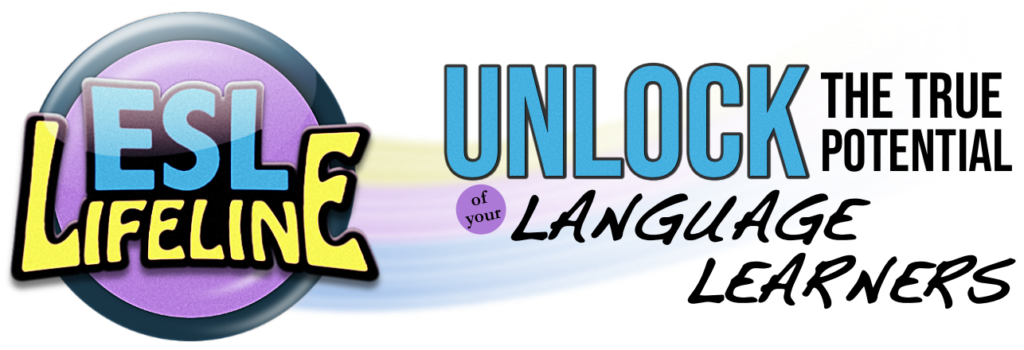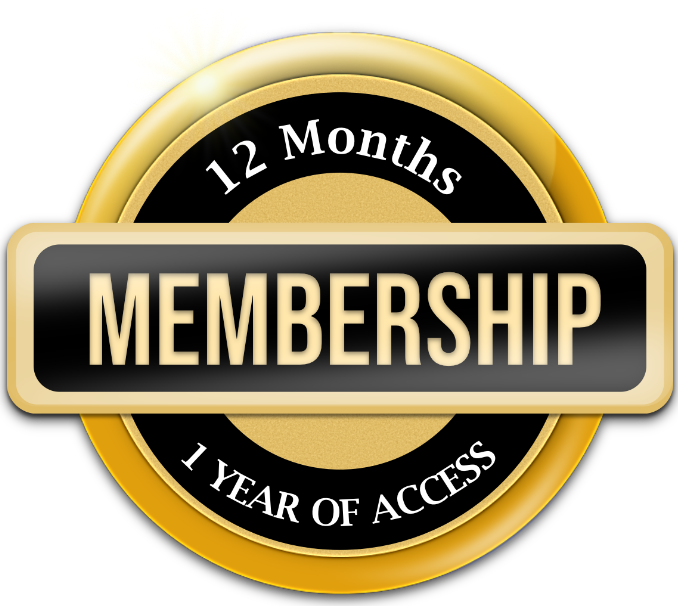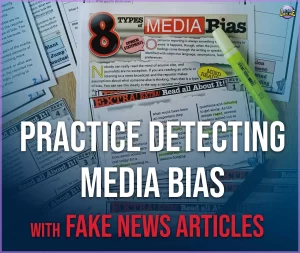
Table of Contents

Subscribe to Our Newsletter
Learn more about how you can access all resources and materials on ESL Lifeline at a great discount!
Practice Detecting Media Bias using Fake News Articles
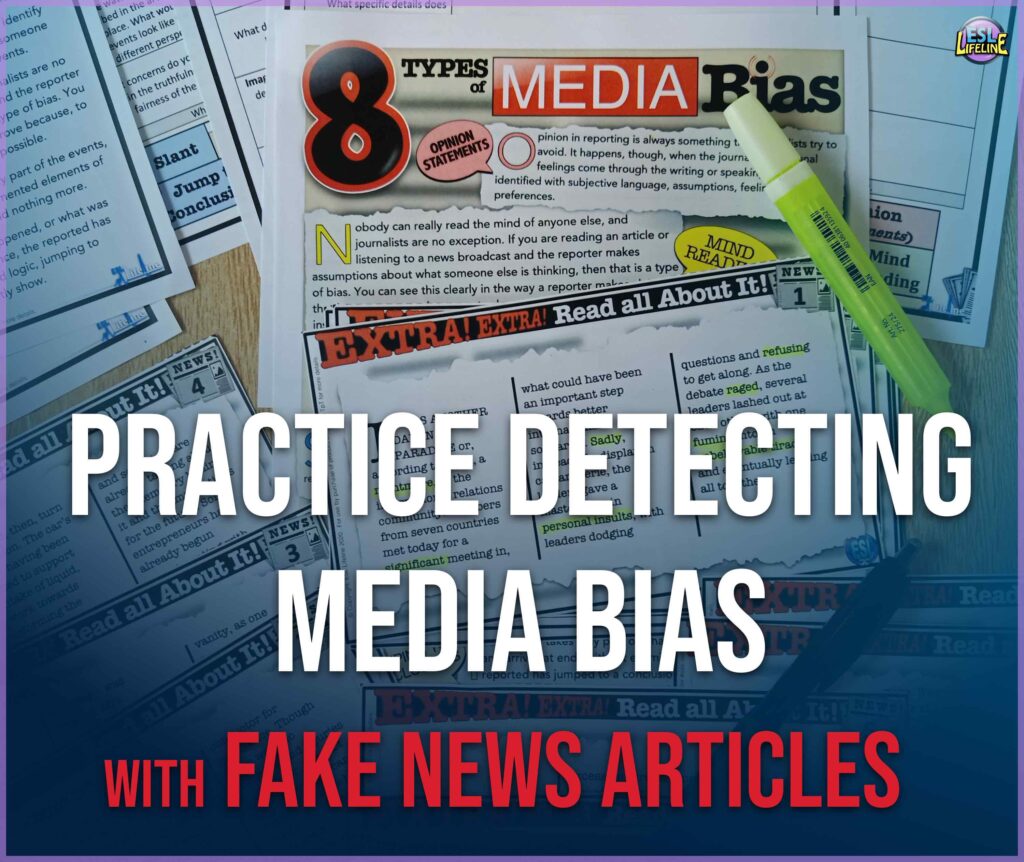
Introduction
In an era of information overload, media bias and ‘fake news’ have become a pressing concern, with headlines and news stories shaping our perceptions and influencing our decisions. Understanding the impact of media bias is vital to fostering critical thinking and media literacy skills among students, which is precisely why having a resource like the Media Bias: News Articles & Fake News Analysis is so important. In this blog post, we delve into the importance of media bias awareness and explore the unique and critical needs for such an invaluable educational tool in your classroom.
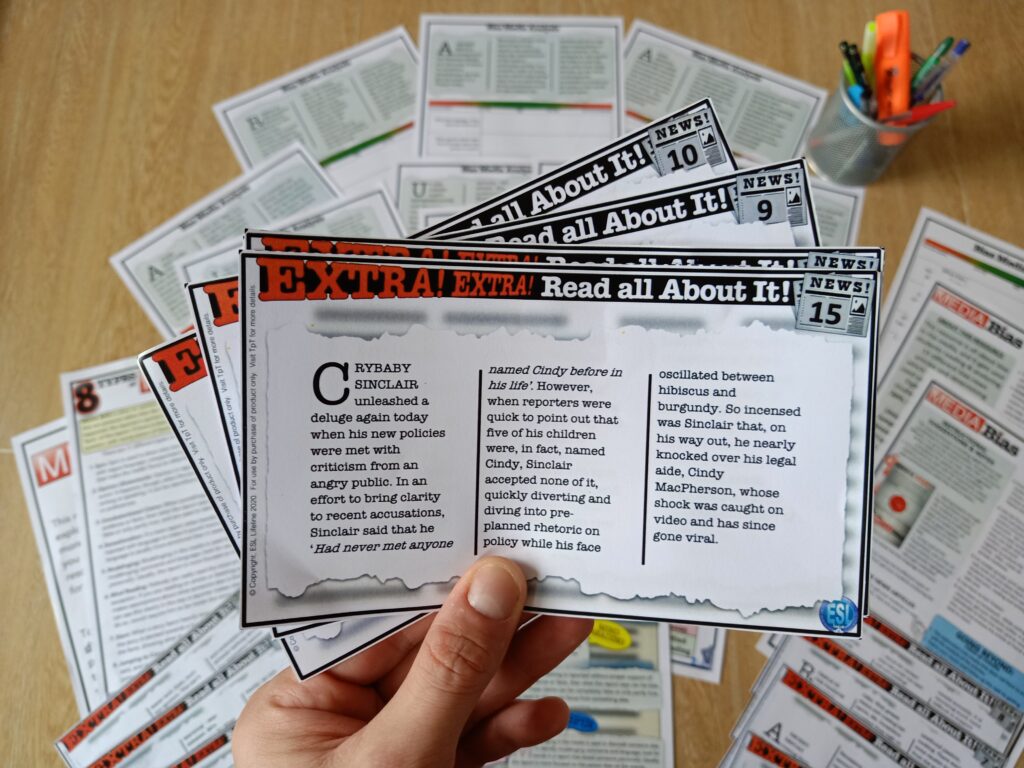
Empowering Critical Thinking
The ability to critically analyze news articles and identify media bias has never been more important. The Media Bias News Articles offers a structured approach to developing critical thinking skills in students. By engaging in thoughtful analysis and challenging assumptions, students gain the ability to make well-informed judgments and become active participants in the information age.
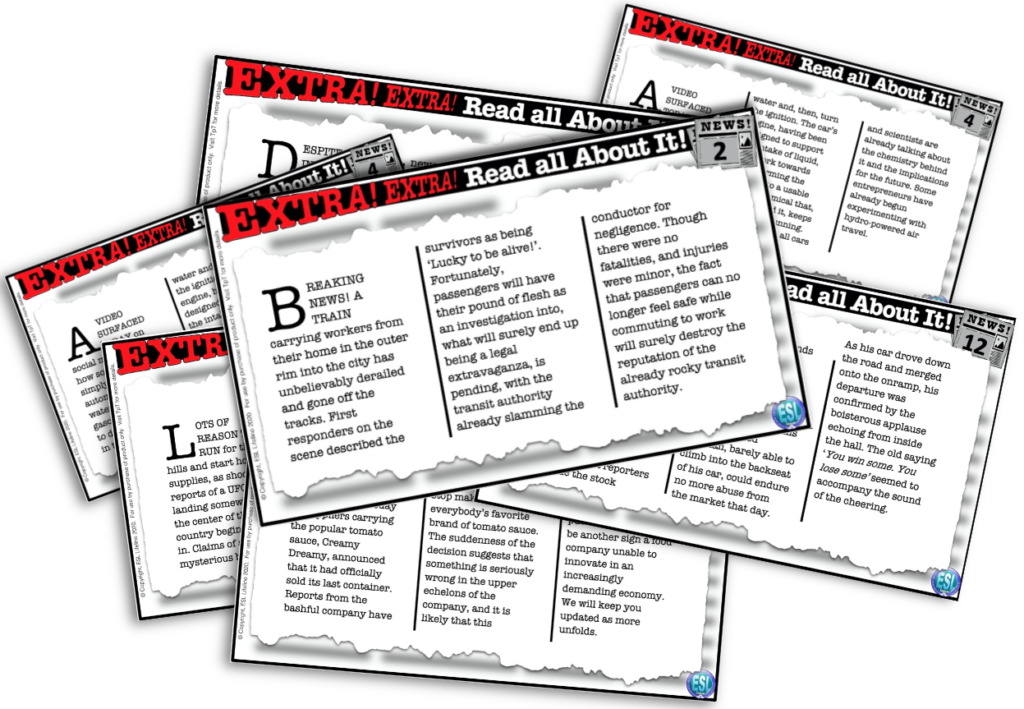
Developing Media Literacy
Media literacy is a vital skill in today’s digital landscape. This resource not only educates students about media bias but also equips them with the tools to distinguish between credible news and fake news. It provides comprehensive guidance on detecting biased language, evaluating sources, and understanding the various techniques employed by media outlets to shape public opinion. By developing media literacy skills, students become discerning consumers of information, capable of navigating the complex media landscape confidently.
Fostering Civic Engagement
An informed and engaged citizenry is the cornerstone of a healthy democracy. By engaging with the articles, students learn to question, investigate, and challenge the information presented to them. This process of critical analysis empowers them to actively participate in public discourse, make informed decisions, and contribute meaningfully to society. By cultivating an understanding of media bias, this resource encourages students to be active citizens and responsible consumers of news.
Real-World Relevance
One of the unique aspects of this resource is its focus on real-world news articles. It presents students with authentic examples of media bias, enabling them to explore current events and analyze their impact on society. By using up-to-date articles, the resource ensures that students engage with relevant and timely information, making the learning experience more meaningful and applicable to their lives.
Conclusion
Media bias is a critical issue that demands our attention. The Media Bias: News Articles & Fake News Analysis Questions resource serves as an innovative and indispensable tool to address this pressing concern. By nurturing critical thinking, fostering media literacy, and promoting civic engagement, this resource empowers students to become discerning consumers of news and active participants in their communities. Embracing this unique educational tool provides educators with the means to equip students with the skills necessary to navigate the complexities of the media landscape and make informed decisions for a brighter future.
Get my Media Bias Fake News Articles Resource now and help your students learn how to analyze media.
UNLIMITED DOWNLOADS
Interested in learning how you can transform your instruction and get your prep-time back??
